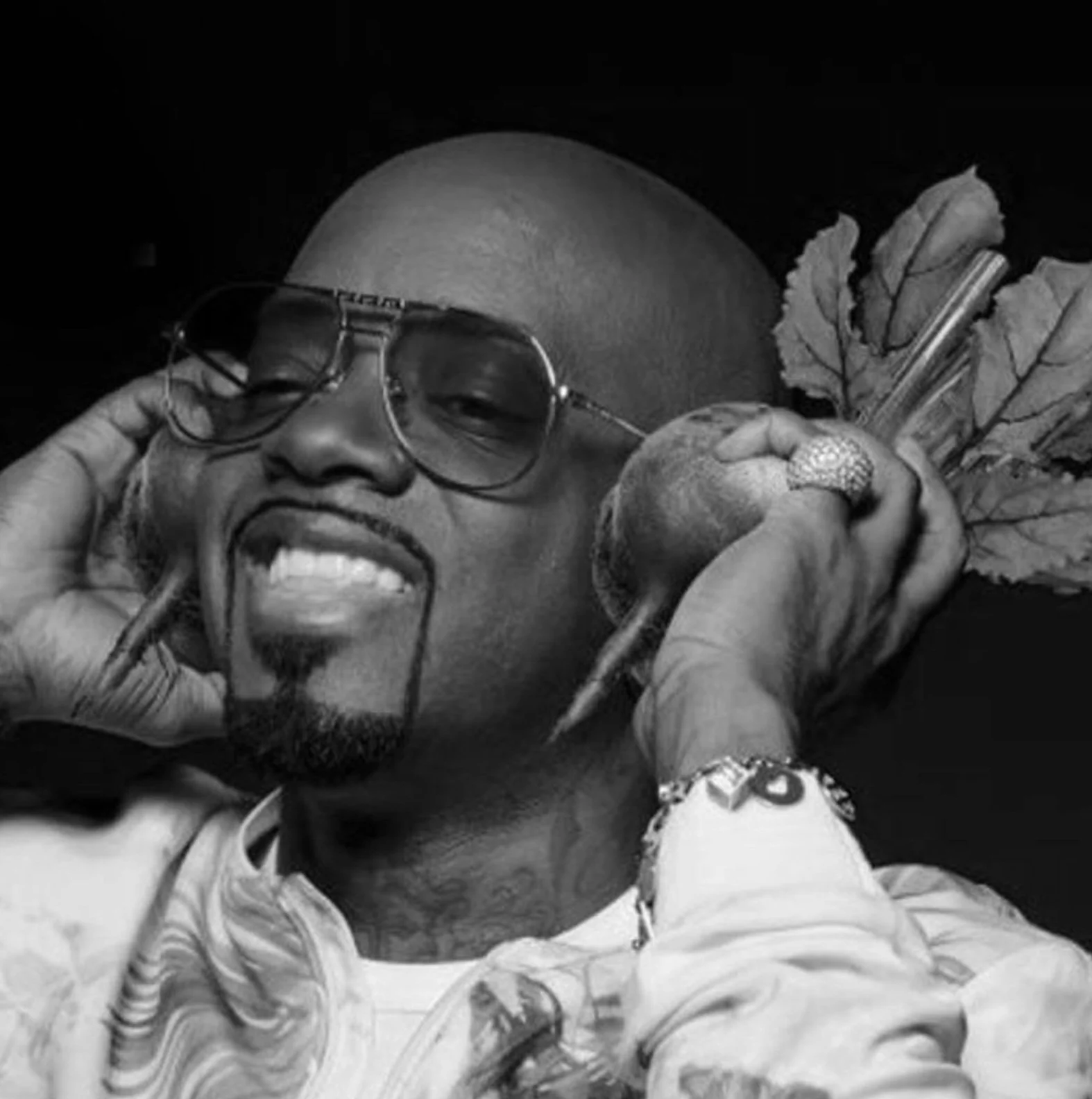How Many Types Of Human Rights Are There?
One of the most important laws that have ever been instituted is Human Rights Laws. In their essence, the Human Rights Laws are the laws that each human being on this planet has.
The right to prosper and invest in our future without being limited or judged by our beliefs, gender, background or race. In a way, the Human Rights Laws are the laws that proclaim that no matter how different we might be, no matter how unique we are, that in the end, when stripped to our core, we are human, just like the person next to us, and based on that we all deserve the right to have a decent life.
However, through history, it wasn’t always so. In fact, today’s Human Rights Laws weren’t all drafted at once. The human rights we know today were drafted and modeled through history, adapted, and added until we created human rights as we know them today.
At one point in our history, human rights didn’t even exist because nobody thought that there was a need for them to exist. However, through history, the horrors that were inflicted on people simply because of their race, or gender started to pile up, until nobody could turn a blind eye to it anymore.
“You are a human being. You have rights inherent in that reality. You have dignity and worth that exists prior to law.”
Human Rights Laws were needed, and so, the first generation of human rights were drafted – they were civil and political in nature. Then, later on, as history unfolded and the need to have more human rights unveiled itself – economic, social and cultural. So, in a way, there is more than one type of human rights. So, what are the types of human rights?
Types Of Human Rights
1. Civil & Political
Civil and Political rights were one of the first ones drafted up as human rights because of the slavery, oppression, and segregation of African American people. Furthermore, they also contain a clause about gender discrimination, which also allowed women to gain the right to vote, as well as allowing them to have equal rights with men.
2. Economic, social & cultural
Although civil and political rights solved a lot of issues, they were still not enough. That’s when in the second and third generation of human rights, economic, social and cultural human rights were instituted as well. They are the rights that allow all people to pursue education and life goals, as well as to have decent jobs with adequate working conditions.
Although these rights cover most of the issues in our society, unfortunately even in today’s modern society they are often broken and abused. That’s why it’s important to stand strong, together, and to never be silent in the face of injustice, whether towards us or towards others.




























